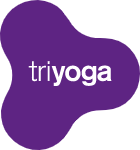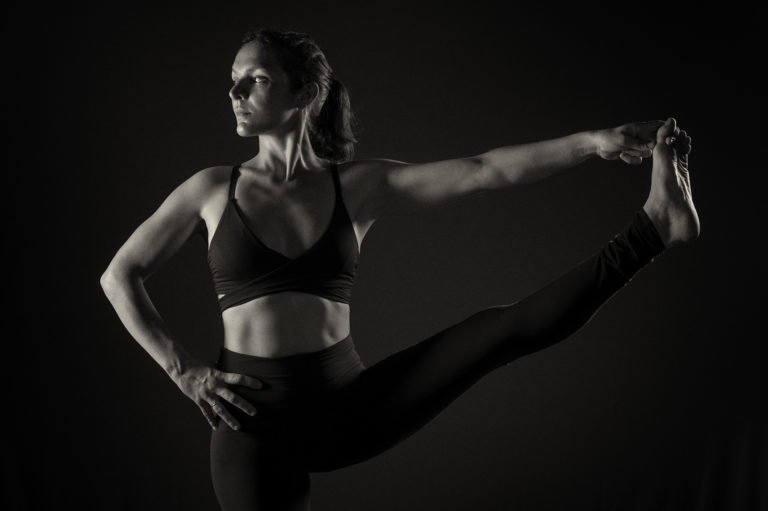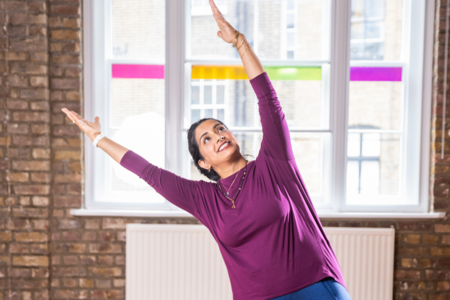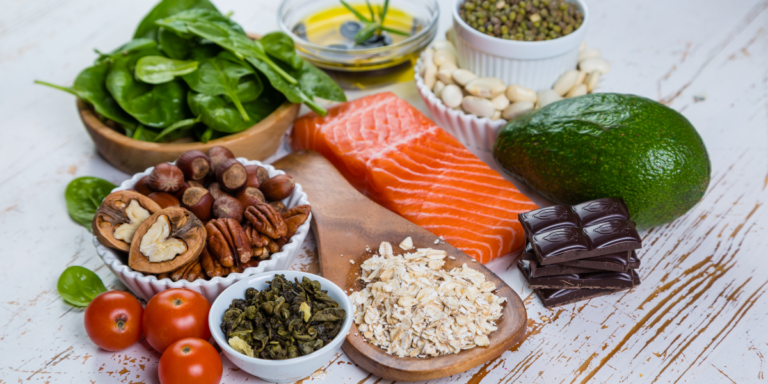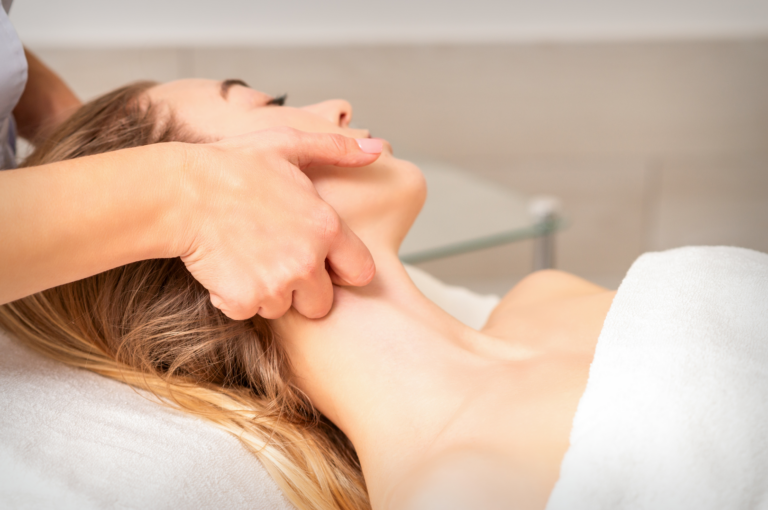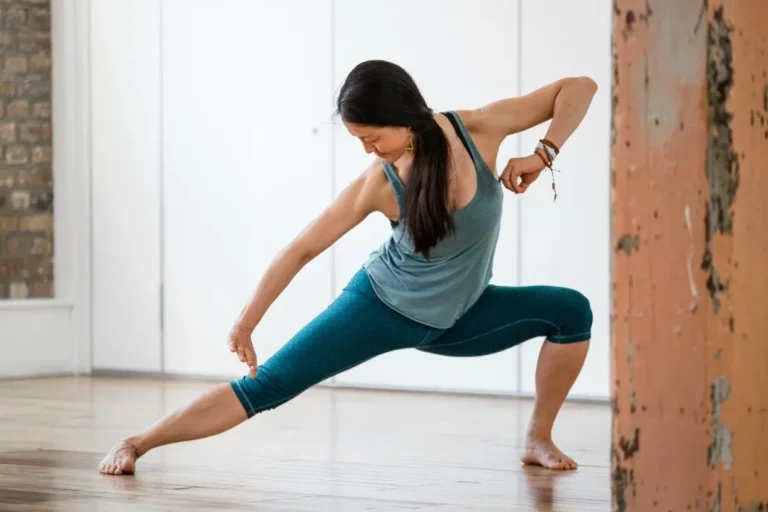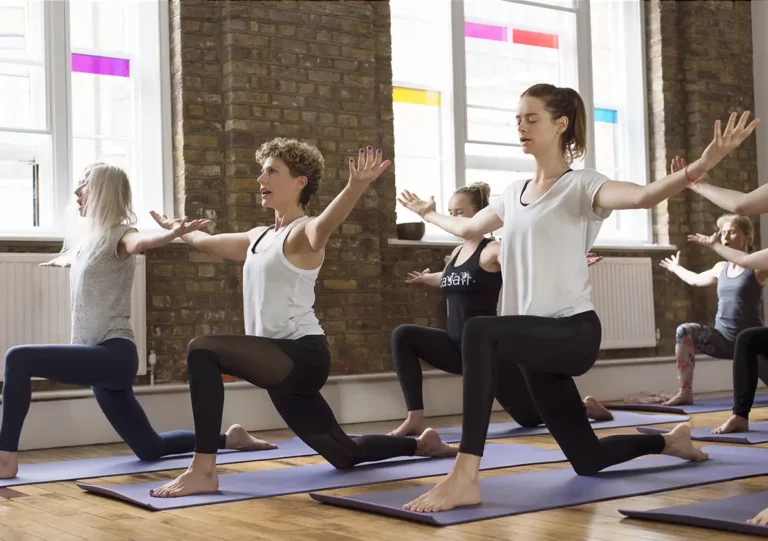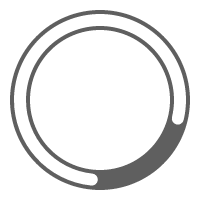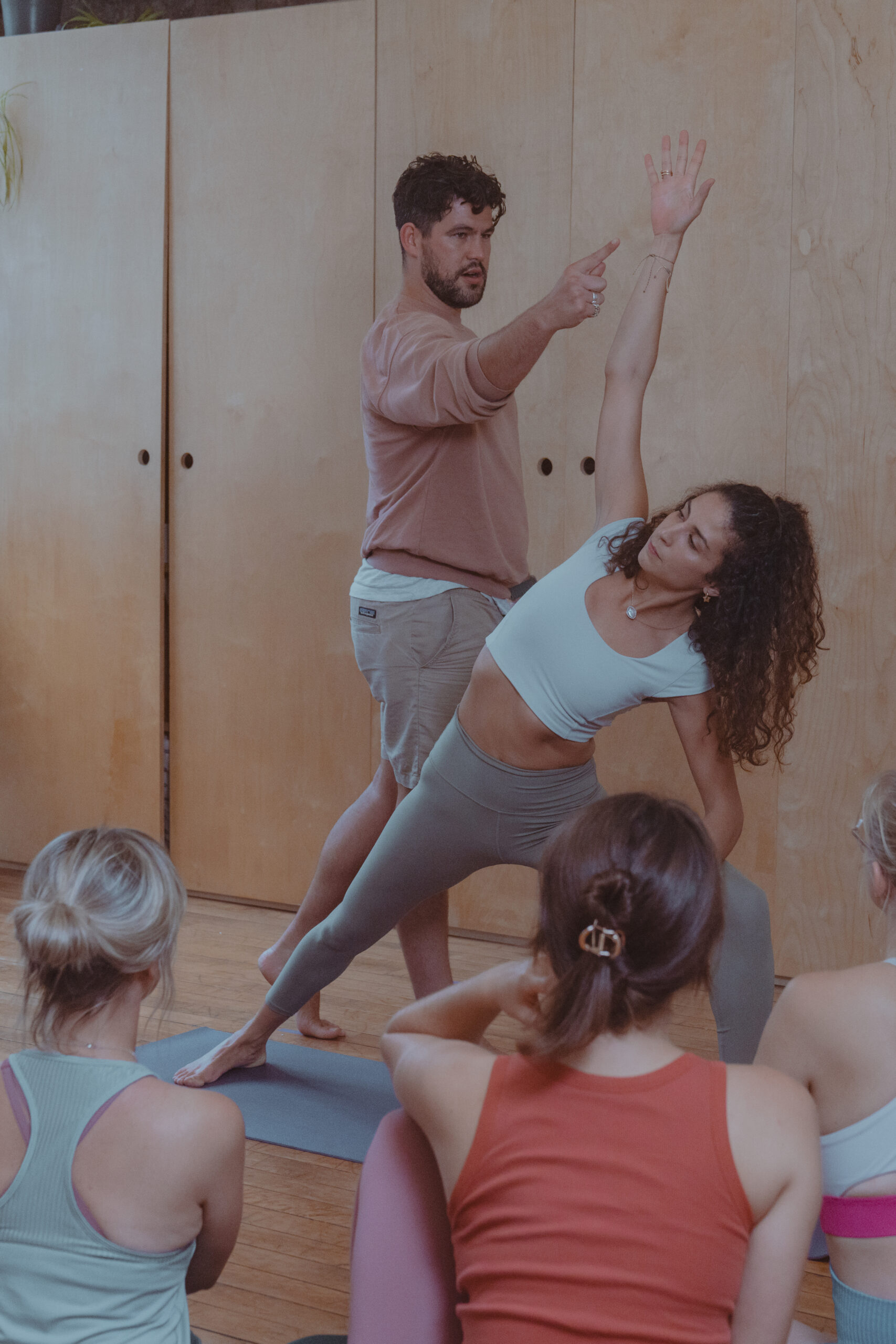Image by Coni Horler Photography
The standing postures in the Aṣṭāṇga Yoga sequence teach balance and awareness to the centre of the body. The name of this posture comes from a combination of four Sanskrit terms: utthita (extended), hastā (hand), pādāṇguṣṭa (big toe) and āsana (pose.)
It is the first balancing – and fairly challenging- posture in the standing sequence of the Primary Series and requires a lot of focus, stability as well as flexibility in the hamstrings and the hips. Try practising Utthitahastā Pādāṇguṣṭāsana in a dark room or in a busy class and your balance is sure to waiver.
Utthitahastā Pādāṇguṣṭāsana has 14 vinyasas, and begins in Samasthitih. It comes after Pārṣvottānāsana, which on a physical level, prepares the body by stretching the hamstrings asymmetrically and stabilising the legs. Utthitahastā Pādāṇguṣṭāsana itself strengthens the legs, ankles and the abdominal muscles. The key is to maintain a strong connection with the Bandhas and a steady Dṛṣṭi (gazing point).
Please note – if there is an issue with the hamstrings (injury or tightness), keep the extending leg bent to avoid over-stressing the hamstrings.
Start in Samasthitih – connect with the core of the body by drawing the navel in and firming up the pelvic floor. Press though the feet and send the energy up through the legs. Take a point at eye level to focus on with a steady gaze – this is Dṛṣṭi. Send the weight down into your standing (left) leg.
On the first vinyasa (ekam), place the left hand to the waist, inhale to catch the right big toe with the first two fingers of the right hand and slowly extend the foot away. Try to keep the standing leg straight and the lower abdominals drawn in throughout. Internally rotate the right thigh and draw it in towards the pelvis; make sure the lift is not coming simply from the strength of the arm, but rather from the centre of the body. Pointing the foot will help straighten the right arm, however, the shoulders should stay levelled.
On the second vinyasa (dwe), exhale, fold forward. This movement is only possible if there is enough space within the hip joint to draw the head of the femur back into the hip socket. Another option is to stay upright and gradually (over time) work on tilting forwards from the pelvis, over the right leg. Do not worry about how high the leg reaches, but focus on keeping the hips levelled. Hold for five breaths, trying to keep the eyes focused on the foot – pādayoragre dṛṣṭi- and the mind concentrated on the breath.
Trīṇi, inhale (third vinyasa), lift the head up and catvāri (fourth vinyasa), take the leg over to the right, externally rotating from the hip, and look over the left shoulder (pārśvadr̥ṣṭi). Hold for five breaths.
Pañca, inhale (fifth vinyasa), bring the leg back to the centre; ṣaṭ, exhale (sixth vinyasa), fold forward from the hip joint and touch the head to the knee. Sapta, inhale (seventh vinyasa), take the hands to the waist and balance for five breaths. Exhale, lower the leg.
Repeat on the other side.
Inna teaches Ashtanga Yoga Techniques Level 1 on Thursdays at 19:00, and Ashtanga Yoga Open on Saturdays at 8:45 – both classes are in Shoreditch.
